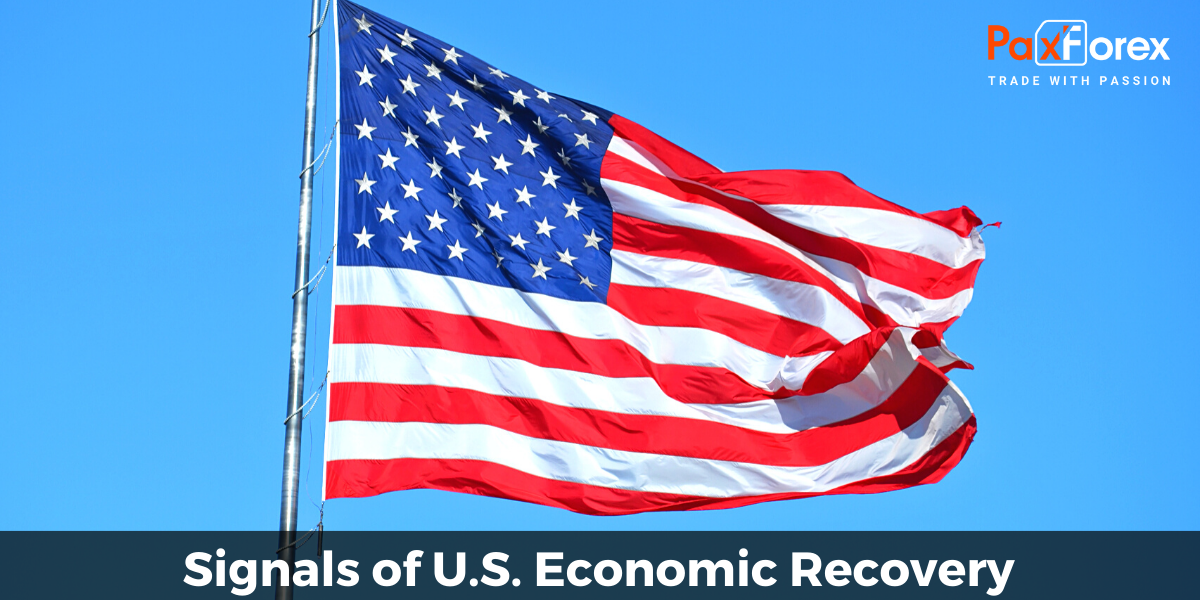
The markets will experience a so-called "break-up" already this fall - the U.S. economy is recovering, which means that the Fed will roll a third round of quantitative easing in September.
Since the end of May, when Fed Chairman Ben Bernanke hinted at the possible clotting of the QE program, the markets are in a state of constant stress. According to Bloomberg, just during a month investors-alarmists withdrew from the exchanges around the world about $ 3 trillion.
Info Note: Quantitative easing (QE) is a government monetary policy occasionally used to increase the money supply by buying government securities or other securities from the market. Quantitative easing increases the money supply by flooding financial institutions with capital, in an effort to promote increased lending and liquidity.
In mid-July, Bernanke tried to calm the markets: if economic indicators will deteriorate, the asset purchase program may be renewed. As a result, the markets are somehow confused and now are not happy of any statistics. But most likely QE program still will be wrapped in September - the Fed gets more and more signals of economic recovery.
- The demand for labor is growing.
Although the unemployment rate by historical standards is still terribly high, the labor market is improving. Thus the level of consumer confidence grew. All of this can be seen as the cause of the Fed to suspend the QE.
- Money supply expands.
Money supply growth for the year could reach 7%.
- Economic activity is growing.
A number of macroeconomic indicators shows that the economic situation is not rosy. But the Fed will focus on a broader indicator - The match index of economic activity. Index hides numerous problems with the economy, but it remains an important source of data for the central bank. According to this indicator, we can say that in the United States began a steady growth.
- Financial conditions remain quite soft.
- The composite index of systemic stress of the European Central Bank fell to record low levels.
All this means that in September, the Fed may move from quantitative easing to more traditional instruments such as short-term rates and keeping the interest rates at zero. Only serious economic shocks, such as a significant drop in oil prices, may move US central bank backward to QE program.
The policy of quantitative easing has led to interesting results - almost all of the money settled in excess reserves of banks. It turns out that these measures do not work to 100%, because they provide little material effect.
But for presence of QE program is very important for markets from a psychological point of view. They used that money is worthless. But sooner or later it has to stop. When the interest rate is artificially suppressed, then, besides the winners there are losers, for example, savers, which include future retirees. And this is a very shaky situation.
Indeed, September is often referred to the start time of QE ending. But the most interesting thing will happen in early January, when Ben Bernanke steps down. In the Fed's policy many important things will depend on the new head of the Federal Reserve.
The danger for the markets may arise when rates will start rising. In our opinion, this is going to happen in 2015. In the context of low interest rates, all “boats” can flow well in markets but when interest rates will grow up, the situation can become much more difficult.
According to the Bank for International Settlements (BIS), raising the cost of borrowing to 3% will result in losses on securities with fixed income of a trillion dollars. Perhaps inflation will go up too.







